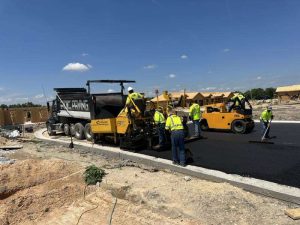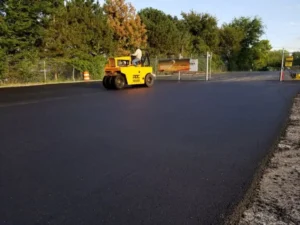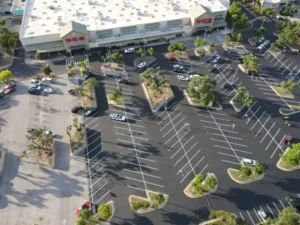
How Do Austin Concrete Professionals Create an Engineering Design for a Concrete Slab Construction?
Concrete companies typically begin by determining the type of load that the slab will need to support. They will also analyze the soil at the concrete installation site. Based on the data collected, they will design the concrete mix and specify the slab thickness. If necessary, the engineering design will also specify the location and type of reinforcements.
How Does a Concrete Company Prepare a Site for a Concrete Slab Construction?
If the site is raw land, the contractor must remove unwanted vegetation and other obstacles. If there are already structures or pavements present, the contractor will need to demolish them and remove the rubble. Your Austin concrete company will grade the site and compact the subgrade. If the specifications call for a base, the contractor will construct it on top of the subgrade.
Why Do Concrete Companies Build Forms When Installing Concrete Slabs?
Concrete is a slurry when it arrives at the site, and forms confine the slurry. This allows contractors to control the thickness and size of the slab to ensure uniformity. Depending on the project, forms typically remain in place for anywhere from 24 hours to more than one week. After constructing the forms, contractors can place reinforcing mesh or rebar.
What Happens During the Pouring Phase of a Concrete Installation?
Typically, concrete mixer trucks back up very near the form, then extend a chute that will pour the slurry into the form. The contractor’s workers will use rakes, shovels, or other hand tools to move the concrete into position and level it. They may use a screed or float to perform some preliminary finishing work. Simultaneously, other workers will be installing expansion joints.
How Do Concrete Contractors Finish the Surface of a New Slab?
There are various ways to finish the surface of a new slab. If you want a smooth, uniform finish, workers may use a steel trowel to accomplish the task. If the you prefer a stamped or textured finish, workers will use special tools to create it after completing the troweling. Most often, however, customers prefer a rough surface. For this, workers pull a special broom across the surface of the concrete.
Trust RDC Paving for Superior Concrete Services
RDC Paving is a respected Austin concrete and asphalt contractor with our headquarters in Austin, TX. We offer an extensive range of concrete installation services, including concrete curbs, concrete ramps, concrete parking lots, concrete sidewalks, concrete driveways, ADA concrete, and concrete slabs. We also offer concrete repairs, asphalt paving and overlaying, asphalt driveway paving, asphalt milling, parking lot striping, asphalt repairs, sealcoating, parking lot maintenance, and asphalt crack repairs. We have the staffing, experience, and resources to handle jobs of all sizes throughout Central Texas. If you would like for us to prepare a free quote for you, simply fill out the online request form. If you would rather call us, our phone number in Hutto is 512-920-9155.




